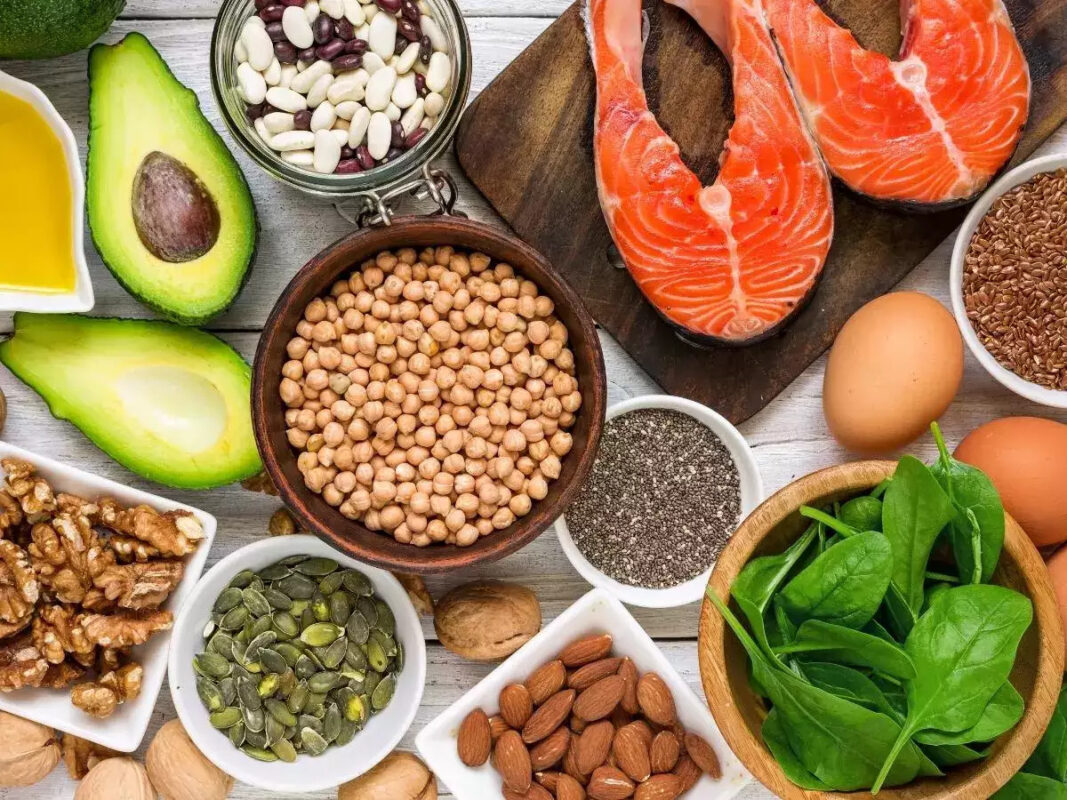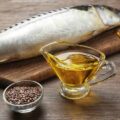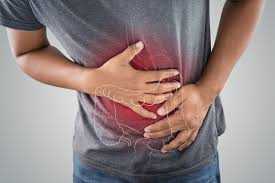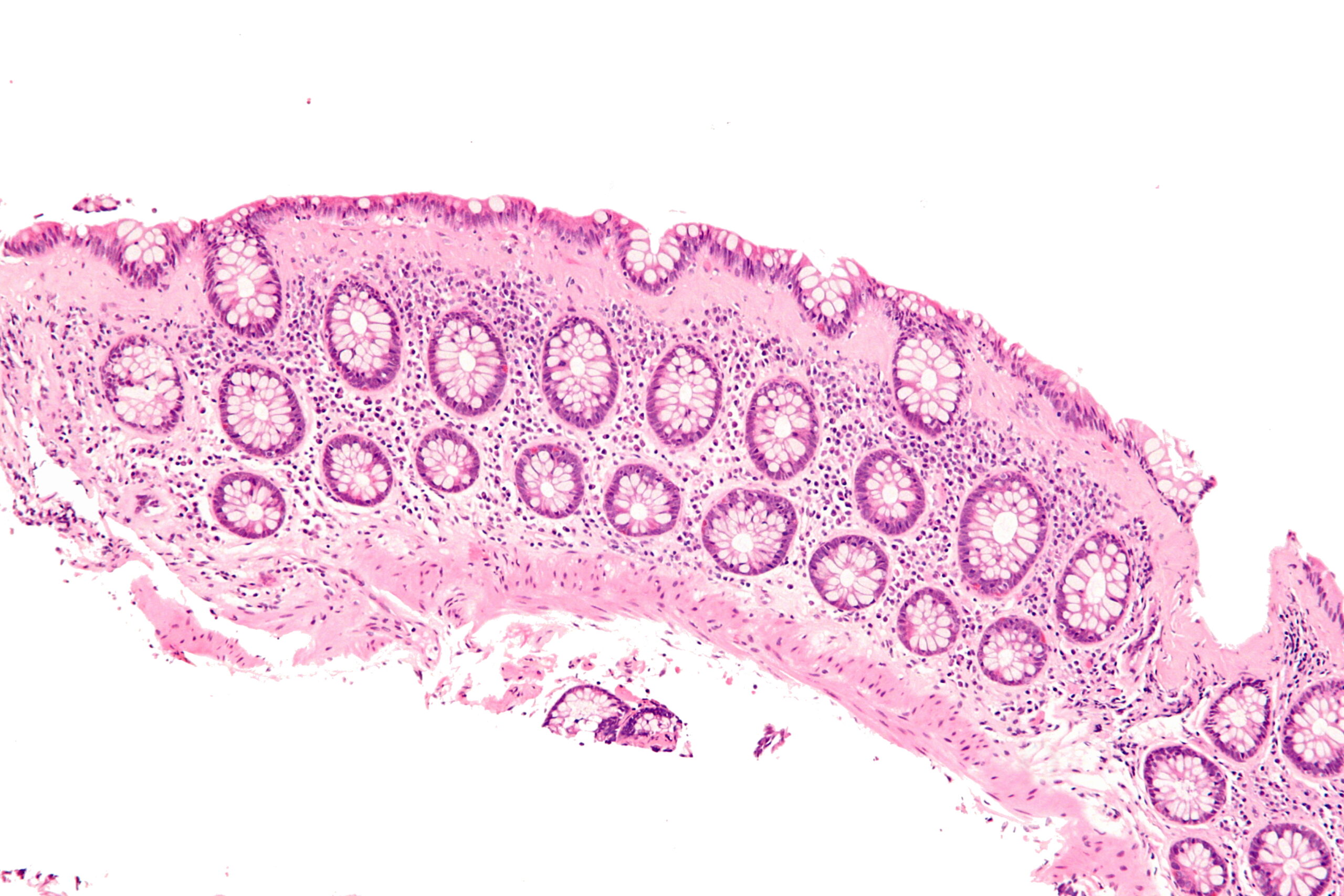PMR, Caucasians, Polymyalgia Rheumatica, Hip and Shoulder pain.
Root Cause of Disease
The cause of polymyalgia rheumatica is unknown, but a combination of genetic and environmental factors is thought to be responsible. Polymyalgia rheumatica is an age-related condition. Most people diagnosed with it are over 70, and it’s very rare in people younger than 50. It’s also more common in women than men.
Symptoms
The signs and symptoms of polymyalgia rheumatica usually occur on both sides of the body and might include:
- Aches or pain in your shoulders.
- Aches or pain in your neck, upper arms, buttocks, hips or thighs.
- Stiffness in affected areas, particularly in the morning or after being inactive for a time.
- Limited range of motion in affected areas.
- Pain or stiffness in your wrists, elbows or knee.
You might also have more-general signs and symptoms, including:
- Mild fever
- Fatigue
- A general feeling of not being well (malaise)
- Loss of appetite
- Unintended weight loss
- Depression
Causes
The exact cause of polymyalgia rheumatica is unknown. Two factors appear to be involved in the development of this condition:
- Genetics: Certain genes and gene variations might increase your susceptibility.
- An environmental exposure: New cases of polymyalgia rheumatica tend to come in cycles, possibly developing seasonally. This suggests that an environmental trigger, such as a virus, might play a role. But no specific virus has been shown to cause polymyalgia rheumatica.
Risk factors:
Risk factors for polymyalgia rheumatica include:
- Age: Polymyalgia rheumatica affects older adults almost exclusively. It most often occurs between ages 70 and 80.
- Sex: Women are about two to three times more likely to develop the disorder.
- Race: Polymyalgia rheumatica is most common among white people whose ancestors were from Scandinavia or northern Europe.
Home Remedies to treat Polymyalgia Rheumatica
Remedy – 1: Omega-3 Fatty acids
Materials: Fish, Avocado, Flaxseeds, Almonds, Walnuts.

Foods containing omega-3 fatty acids are said to be super foods because they contain so many benefits to your digestive health and overall development of the body. Omega-3 fatty acids are present in fish oil and some other seafood that can be consumed in order to treat this digestive health disorder. Fatty acids have anti-inflammatory properties in them that reduce inflammation in the colon and provide people with relief from this severe disease.
Product link: Fish oil , Nuts , Green leaves
Remedy – 2: Exercise

It is also a good idea that people with PMR undertake some physical activity to support bone health and reduce inflammation. Many factors, such as a person’s age and overall health, will influence the type and intensity of exercise they can do.
Light forms of physical exercise can include gardening or household chores. However, engaging in low to medium intensity exercise can be more beneficial. These activities include:
- Walking
- Swimming
- Cycling
- Weight training
Weight training is particularly important as it can help maintain bone health. However, people with PMR should speak to a doctor about weight training first to avoid injury.
Other Remedies
omega – 6 essential fatty acids
Omega – 6 fatty acids is natural anti – inflammatory oil which can help to reduce the morning stiffness in people who suffer from polymyalgia rheumatica. You can find Omega – 6 fatty acids in the borage oil capsules and primrose oil capsules. You should take 3,000 mg of Omega – 3 and 1,500 mg of Omega – 6 fatty acids on daily basis.
Get plenty of calcium and Vitamin D
are getting in your older ages, your risk of osteoporosis is increasing. Also, the treatment of polymyalgia rheumatica can weaken your bones. This is a reason why you should add a lot of calcium and Vitamin D in your diet or through supplements so in this way you will fight against bone loss. You should add foods high in calcium, such as almonds; leafy greens; yogurt, milk or other dairy products; canned, bone – in fish, like sardines.
Lifestyle and home remedies:
Over-the-counter nonsteroidal anti-inflammatory drugs, such as ibuprofen (Advil, Motrin IB, others) or naproxen sodium (Aleve), are not usually recommended for easing the signs and symptoms of polymyalgia rheumatica.
Healthy lifestyle choices can help you manage the side effects that corticosteroid treatment can cause:
- Eat a healthy diet: Eat a diet of fruits, vegetables, whole grains, and low-fat protein and dairy products. Limit the salt (sodium) in your diet to prevent fluid buildup and high blood pressure.
- Exercise regularly: Talk to your doctor about exercise that’s appropriate for you to maintain a healthy weight and to strengthen bones and muscles.
- Get enough rest: Rest is necessary for your body to recover from exercise and activities of daily living.
- Use assistive devices: Consider using luggage and grocery carts, reaching aids, shower grab bars, and other assistive devices to help make daily tasks easier.
Some lifestyle changes that can help are:
- Limit your salt intake.
- Do exercise regularly.
- Sleep and rest properly
- Do not lift heavy objects
- Proper posture while in office and at home.
- Apply heat and cold therapy on the swollen area
- Include Pain-relieving herbs such as turmeric and willow bark in your diet.
- Consume anti-inflammatory foods such as tomatoes, fatty fish, berries, almonds, green leafy vegetables and olive oil etc.
- Massage the affected to get relief from chronic pain.
- Consume fruits, vegetables, whole grains, lean meat, and low-fat dairy products.
- The intake of omega-3 fatty acids rich foods can treat polymyalgia rheumatica naturally.




